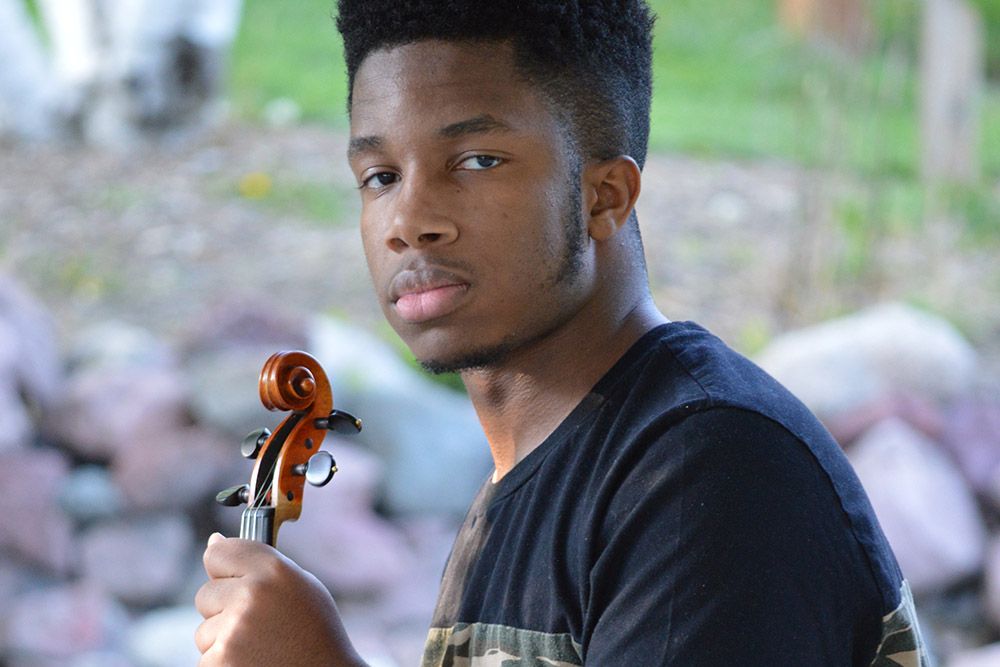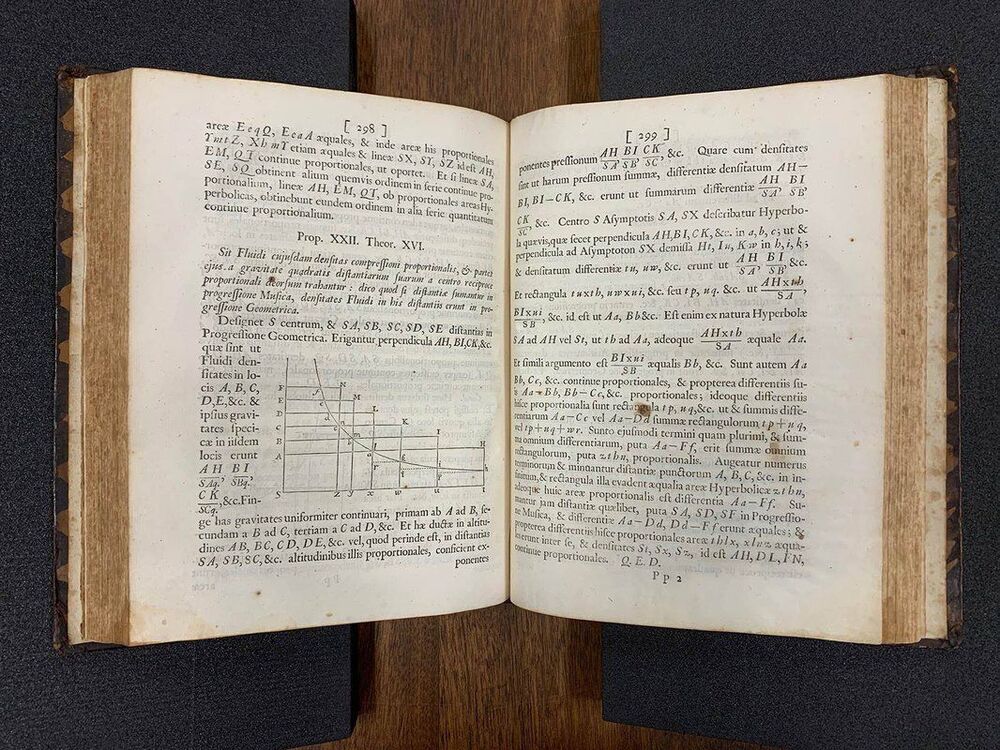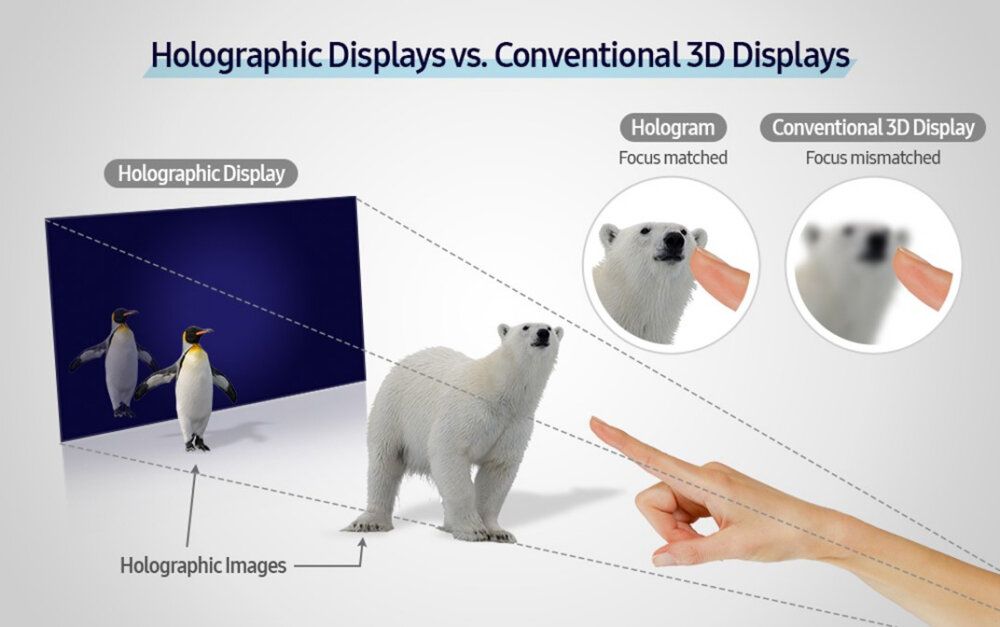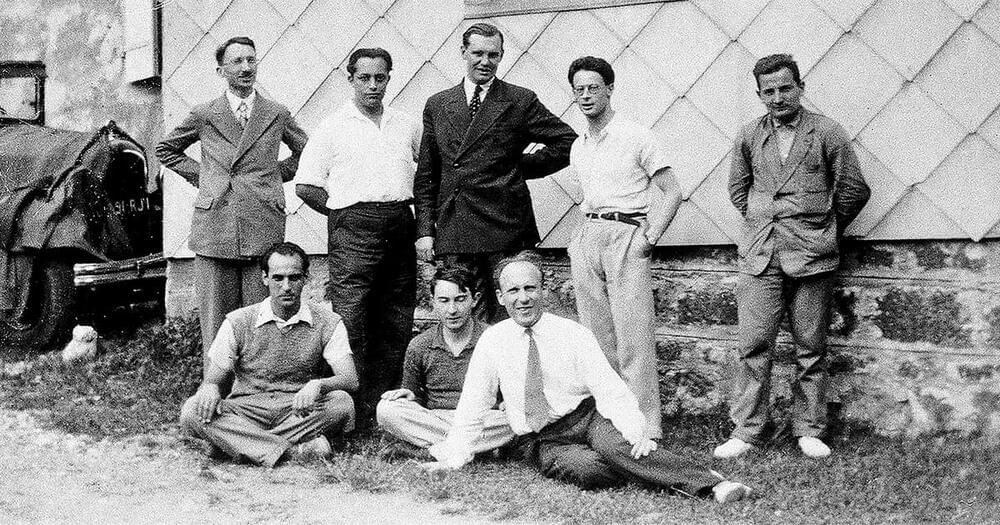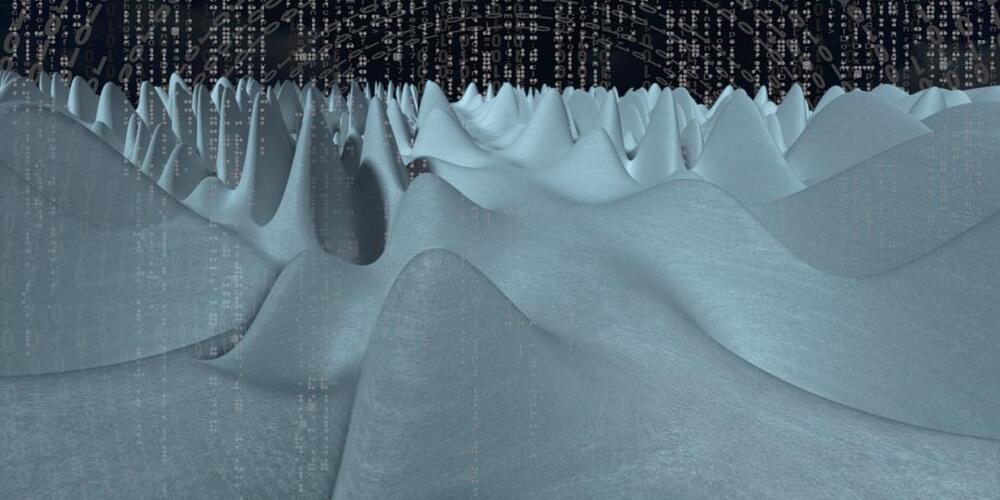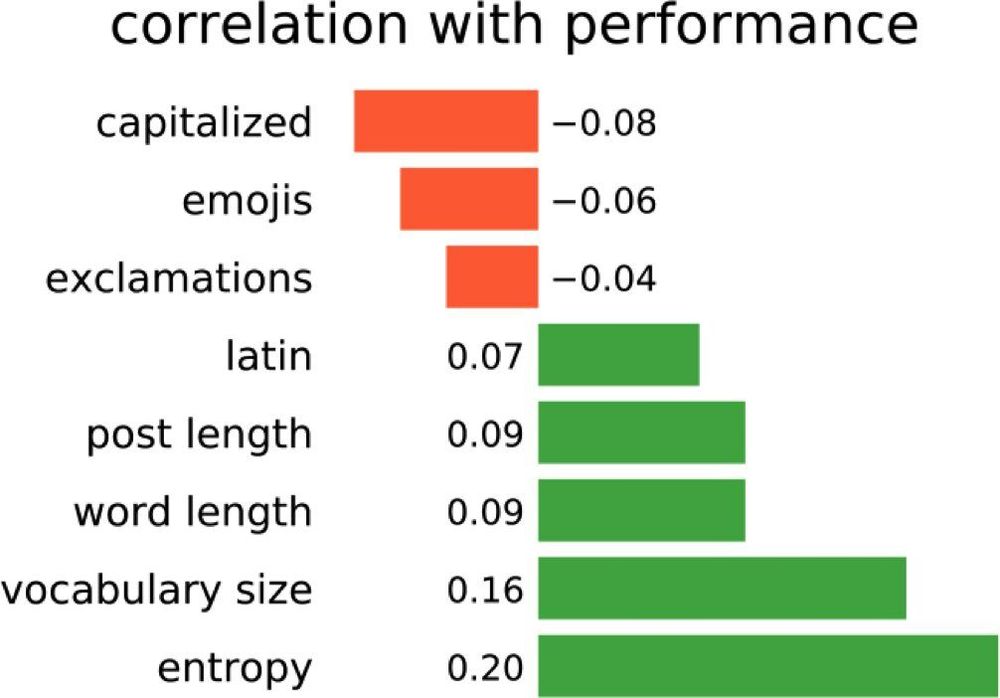AI designed to be aware of it’s own competence.
Ira Pastor, ideaXme life sciences ambassador interviews Dr. Jiangying Zhou, DARPA program manager in the Defense Sciences Office, USA.
Ira Pastor comments:
On this episode of ideaXme, we meet once more with the U.S. Defense Advanced Research Projects Agency (DARPA), but unlike the past few shows where we been spent time with thought leaders from the Biologic Technology Office (BTO), today we’re going to be focused on the Defense Sciences Office (DSO) which identifies and pursues high-risk, high-payoff research initiatives across a broad spectrum of science and engineering disciplines and transforms them into important, new game-changing technologies for U.S. national security. Current DSO themes include frontiers in math, computation and design, limits of sensing and sensors, complex social systems, and anticipating surprise.
Dr. Jiangying Zhou became a DARPA program manager in the Defense Sciences Office in November 2018, having served as a program manager in the Strategic Technology Office (STO) since January 2018. Her areas of research include machine learning, artificial intelligence, data analytics, and intelligence, surveillance and reconnaissance (ISR) exploitation technologies.
Prior to joining DARPA, Dr. Zhou was a senior engineering manager in the Information Sciences Division at Teledyne Scientific and Imaging, LLC. During her more than ten-year tenure at Teledyne, Dr. Zhou worked on many contract R&D programs from U.S. government funding agencies as well as commercial customers in the areas of sensor exploitation, signal and image processing, and pattern recognition. Dr. Zhou also served as director of R&D of Summus Inc., a small start-up company specializing in contract engineering projects for U.S. Department of Defense and commercial customers in the areas of video and image compression, pattern recognition, and computer vision. Dr. Zhou began her career as a scientist at Panasonic Technologies, Inc., Princeton, New Jersey, where she conducted research in the areas of document analysis, handwriting recognition, image analysis, and information retrieval.
Dr. Zhou received a Bachelor of Science and a Master of Science, both in computer science, from Fudan University. She received a doctorate in electrical engineering from the State University of New York at Stony Brook.
Dr. Zhou is a member of the Institute of Electrical and Electronics Engineers Society and also a member of the Upsilon Pi Epsilon international honor society for the computing and information disciplines.

